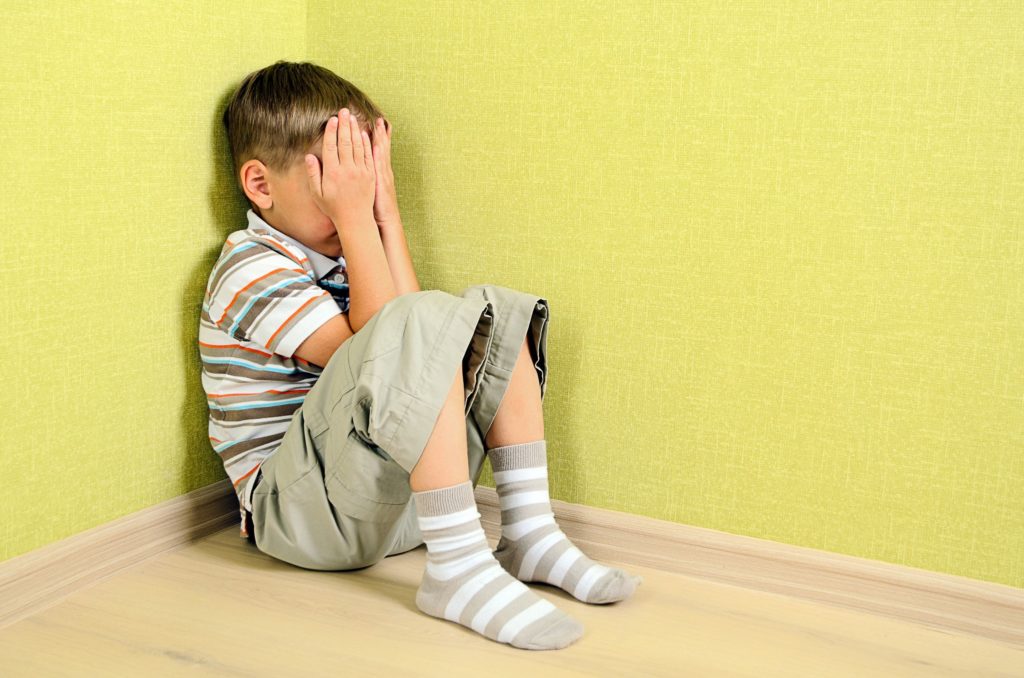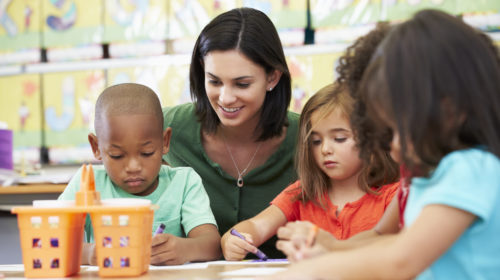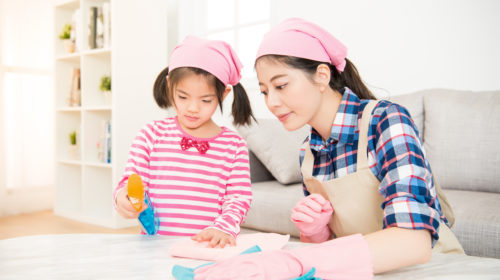How to Raise Mentally Strong Kids
Kids these days undergo a great deal of stress. School, extracurriculars and homework adds to their stress levels. Some kids have a difficult time trying to cope with the vigors of daily life.
In a 2015 study of 20,000 Australian children were tested for their stress levels. One in fifteen children worried most or all of the time. They mostly worried about future, family and health. Other areas of concern for these youngsters included friends, body image, bullying, word problems, school and fitting in. These stats may not be staggering enough for the reader but the real concern here is that only 1 out of 5 children said they wouldn’t talk about it with anyone.
According to a developmental psychologist Dr. Richard O’Kearney, embarrassment and fear of perception from others is what what keeps kids from reaching out. So , not only are kids experiencing stress but they are also not reaching out to others for help or support.
While some stress is normal, our kids shouldn’t have to deal with these burdens without some sort of support system. In addition to this they need their own skills to help better manage the stress they are experiencing. Firstly, learn to identify the signs and symptoms of stress. Kids go through phases of anxiety: heart beating fast, feeling like they can’t breathe very well, pain or butterflies in their stomaches and worried thoughts.
Allow your child to know what happens when stress occurs. If they don’t that they are stressed they won’t be able to cope with it in their way. The next step is to allow your child to calm down using these strategies:
Deep breathing– if we teach our kids how to breathe this can slow down their heart rate and bring more oxygen into their bodies and they will feel better. Teach them to inhale and exhale. Inhale through their noses while exhaling through their mouths. make sure you teach them to do it slowly. Repeat the movement while relaxing their shoulders. If done successfully, their stomachs should contract and release with little movement everywhere else.
Relaxing their muscles– If our muscles are tight we don not feel well nor do we perform well. This would require tightening muscles 5 – 7 seconds then relaxing them for the same amount of time and repeating it three times before moving to the next muscle group. Do the muscle groups in the feet, fists, shoulders and face. The repeat motion of tightening and relaxing of these muscles relaxes muscle tension.
Reframing – When we are stressed, we usually have negative thoughts or worries. Children and especially teens are no different. Reframing, or “flip the coin” is a cognitive strategy that helps to look at the situation from a different perspective.
We can help kids learn to shift perspective or “flip the coin” from heads to tails — it’s still the same coin, we’re just looking at it in a different way.
How to teach reframing:
- Start by having your child share what they think about when they are stressed. If they’re old enough, they can write these down, or you can write for them. Write these “negative” thoughts on one side of a piece of paper.
- Explain that these thoughts are normal and that we all have them. However, we don’t have to just accept these thoughts and keep on feeling stressed.
- Use an actual coin to show your kids heads and tails. They’re two very different sides of the
- same coin. We can do this with our thoughts: We want to look at the situation from a different perspective, or “from the other side of the coin.”
- Have your child come up with reframed or “flipped” thoughts for each of the statements they normally think when worried. This way they are ready to “flip the coin” when those thoughts occur. Let them know it’s okay if the worry or negative thought happens first, the goal is to reframe it, or “flip the coin” as soon as they can. Provide examples, such as: If you’re thinking you’re nervous for the test, the other side of the coin or replacement thought is to focus on the fact that you have studied a lot. If you’re thinking about how you might let mom and dad down if you don’t play well, the other side of the coin is to focus on the fact that mom and dad always say how happy they are to watch you play, so no matter what happens they’re proud.
If your child gets stuck on negative thoughts redirect them into reframing and use the moment as a teaching opportunity.
Imagery is creating or recreating an experience in your child’s mind using all of your senses. This is another strategy that can help to focus their minds and calm their bodies. This strategy is especially helpful to younger kids, but once again these strategies need to be taught.
How to teach Imagery:
- Pick a place where your child feels relaxed in his or her life , for example, a particular room or an outdoor place that would be a relaxing place for your child. It may even be a place your child has visited.
- Allow your child to use all of his or her senses to recreate this place in their minds. Ask your child what he or she sees. What are the smells? What do you hear? What do you feel? What do you taste? Get your child to mentally go to that special place.
- Use all the details about the location and have your kids create this place in their mind whenever they get stressed or when they will be going into a stressful situation. You can also add deep breathing before they do the imagery.
Imagery is a more complex skill and may take time for your child to master. Just remind your child about using them until they are capable of using these skills themselves.




